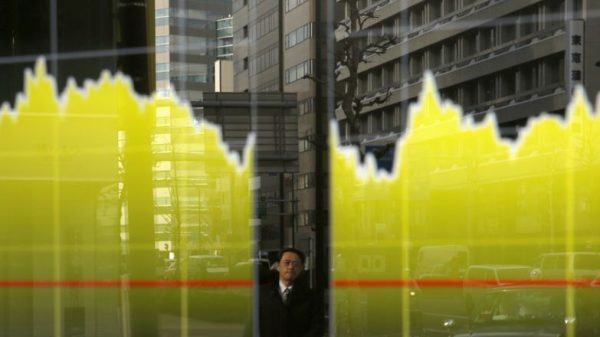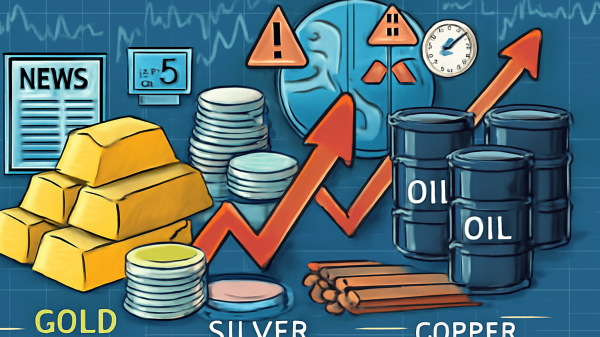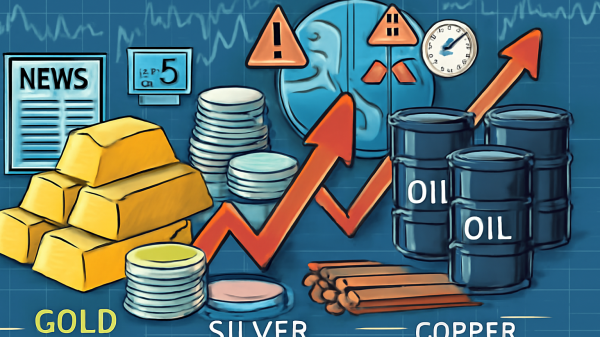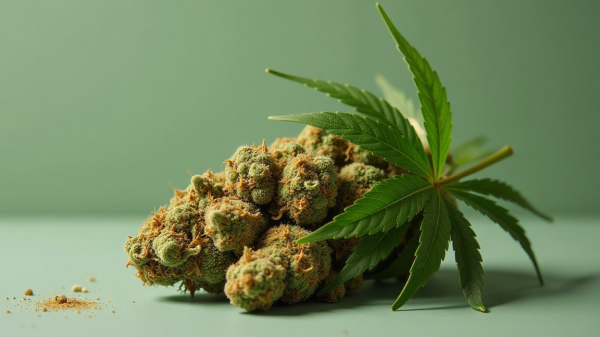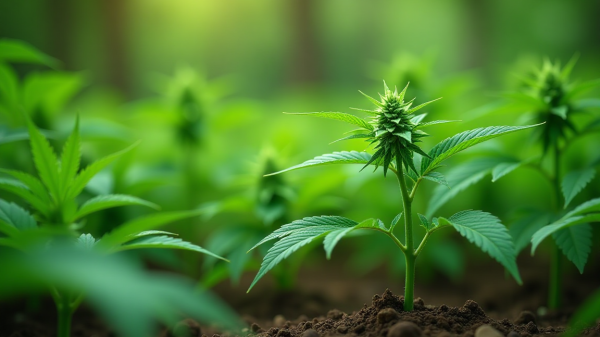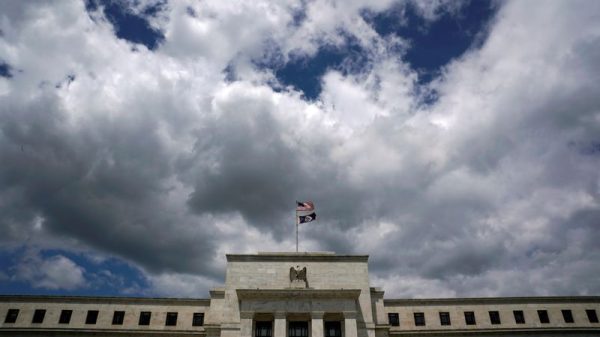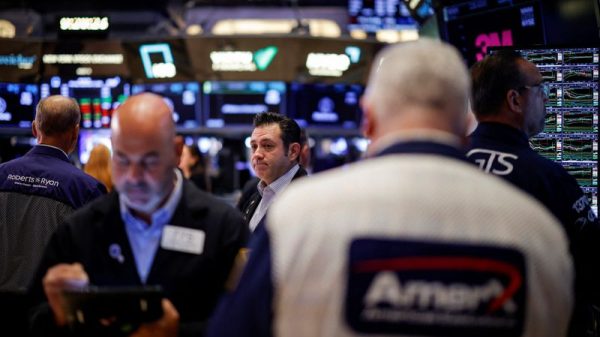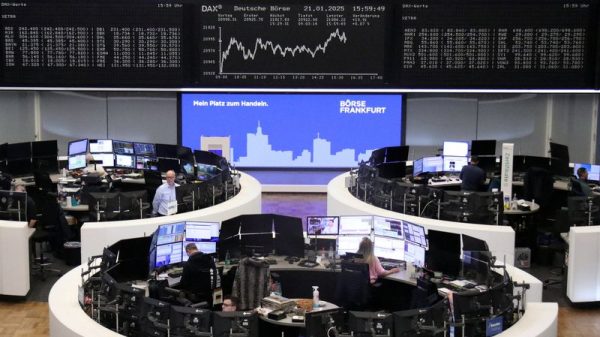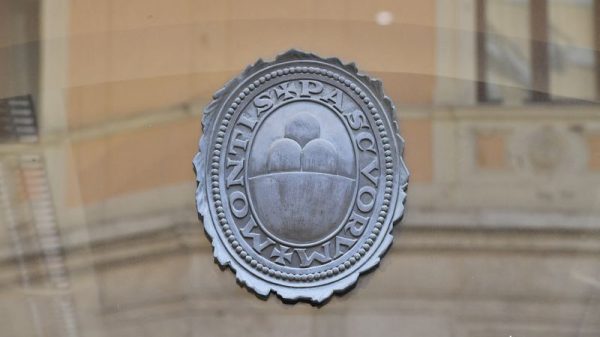The British pound has plunged in the past few days, erasing some of the recent gains. The GBP/USD exchange rate plummeted to the psychological level of 1.3400, its lowest point in three weeks and 2.8% below the year’s highest level.
UK inflation is rising
The recent GBP/USD crash stalled on Wednesday after the Office of National Statistics (ONS) published strong consumer inflation data. The headline Consumer Price Index (CPI) rose from 3.4% in May to 3.6% in June, higher than the median estimate of 3.5%. It jumped from 0.2% to 0.3% on a MoM basis.
Core inflation, which excludes the volatile food and energy prices, also continued rising in June. It rose from 3.5% to 3.7% YoY and from 0.2% to 0.4% on a month-on-month basis.
The ONS blamed the uptick on inflation to rising motor oil prices, which was offset by the strong sterling. In a note, the ONS said:
“Inflation ticked up in June, driven mainly by motor fuel prices, which fell only slightly, compared with a much larger decrease at this time last year.”
The latest UK inflation number has moved further away from the Bank of England’s target of 2.0%. Therefore, analysts expect the bank to deliver another 0.25% cut at the upcoming August meeting.
US inflation is also rising
The GBP/USD exchange rate also reacted to the latest US consumer inflation data on Tuesday. The report by the Bureau of Labor Statistics (BLS) showed that the headline consumer inflation rose from 2.4% in May to 2.7% in June.
Similarly, the core inflation rose slightly from 2.8% to 2.9%, moving further away from the Fed’s target of 2%. The headline and core inflation figures rose to 0.2% and 0.3% on a MoM basis.
These numbers mean that Donald Trump’s tariffs are starting to have an impact on inflation. However, the impact has been relatively muted compared to expectations, considering the weak US dollar.
A weak US dollar often leads to higher inflation because it boosts the prices of top imports. Therefore, analysts have reduced their odds of a Fed rate cut in September, with the first one expected to happen in October. Mohamed El Erian said:
“While these figures will undoubtedly intensify the Administration’s pressure on the Federal Reserve to reduce rates as early as this month, they are unlikely to sway most Fed officials given their stated criteria for resuming the rate-cutting cycle that has been put on pause so far this year.”
GBP/USD technical analysis
The daily chart shows that the GBP to USD exchange rate has pulled back in the past few days. This crash occurred after the pair moved from the year-to-date high of 1.3783 to its current level of 1.3400.
The pair has moved below the important support level at 1.3428, the upper side of the cup-and-handle pattern. It has also moved below the lower side of the ascending channel.
The pair has moved below the 50-day and 25-day moving averages. Therefore, the GBP/USD pair will likely continue falling as sellers target the key support at 1.3138, the lowest point on May 9.
The post GBP/USD forecast: signal as the UK inflation jumps appeared first on Invezz

